Tanzania Safari What to Expect on the Adventure of a Lifetime
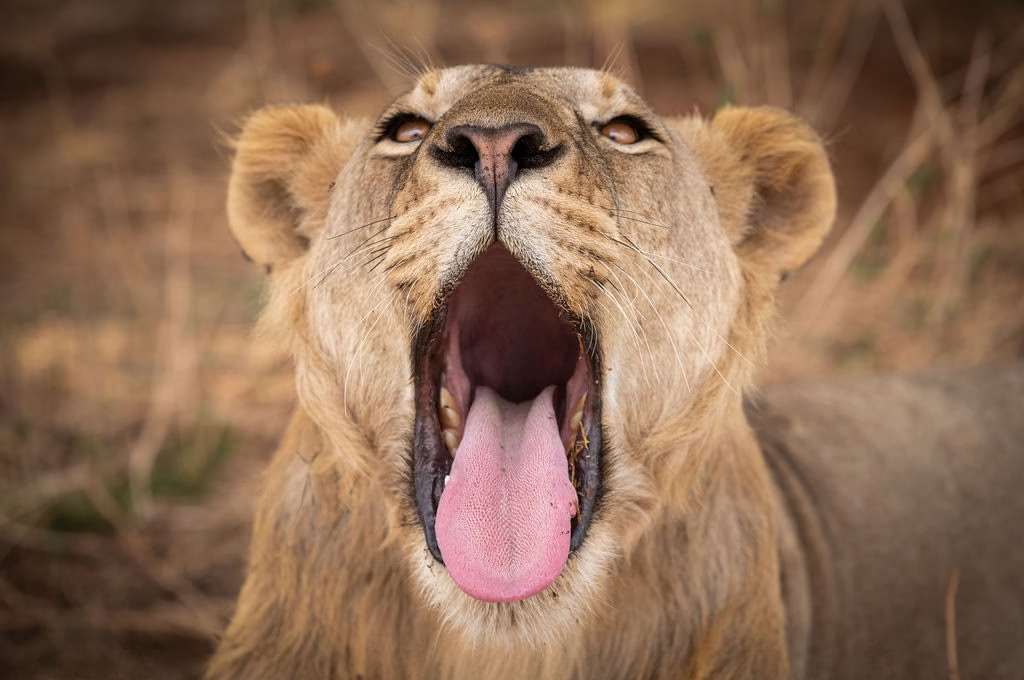
Introduction
Have you ever dreamt of watching lions stalk across golden plains, or elephants lumber past your vehicle while the sun sets over the African savannah? That’s the magic of a Tanzania safari. But as thrilling as it sounds, it’s natural to wonder: “What exactly should I expect?”
A Tanzania safari is more than just spotting animals — it’s a blend of adventure, culture, and awe. Whether it’s your first safari or your fifth, understanding what lies ahead can turn a good trip into an unforgettable one. This guide is here to walk you through everything you need to know — in plain English, no jargon, just real, useful info.
Table of Contents
| Sr# | Headings |
|---|---|
| 1 | What Makes Tanzania a Top Safari Destination? |
| 2 | Best Time to Visit Tanzania for a Safari |
| 3 | Types of Safaris: Which One Suits You Best? |
| 4 | What Wildlife Will You See in Tanzania? |
| 5 | Popular Safari Parks in Tanzania |
| 6 | Accommodations: Where Will You Sleep? |
| 7 | What a Typical Day on Safari Looks Like |
| 8 | Safari Guides: Your New Best Friend |
| 9 | Costs and Budget: What Should You Expect? |
| 10 | What to Pack for Your Safari |
| 11 | Safety and Health Tips |
| 12 | Food and Drinks: What’s on the Menu? |
| 13 | Cultural Encounters: Meet the Maasai |
| 14 | Photography Tips for Safari Moments |
| 15 | Final Thoughts: Embracing the Safari Spirit |
1. What Makes Tanzania a Top Safari Destination?
Tanzania is like Africa’s greatest hits album. It’s home to the Big Five (lion, elephant, buffalo, leopard, and rhino), the Great Wildebeest Migration, and iconic landscapes like the Serengeti and Ngorongoro Crater. You don’t need to be an animal expert to appreciate the sheer wow factor here — nature does all the heavy lifting.
It’s also safe, welcoming, and packed with friendly locals ready to share their culture and stories.
2. Best Time to Visit Tanzania for a Safari
Short answer: It depends on what you want to see.
Dry Season (June to October): Best for wildlife viewing. Animals gather around waterholes, and grass is shorter — meaning better photo ops.
Calving Season (January to March): In Ndutu and southern Serengeti, thousands of baby wildebeests are born — and predators are on the prowl.
Green Season (November, April-May): Lush, less dusty, fewer tourists, and lower prices — but some remote roads can be muddy.
3. Types of Safaris: Which One Suits You Best?
Game Drive Safaris: The classic! Drive through national parks in a 4×4 with a pop-up roof.
Walking Safaris: Get closer to nature — safely — with an armed ranger.
Balloon Safaris: Float over the Serengeti at sunrise. It’s pricey, but unforgettable.
Mobile Camping Safaris: Sleep under the stars in luxury or basic tents, following the wildlife.
Each type offers a different flavor of adventure. What’s your style — luxury lodges or rustic bush tents?
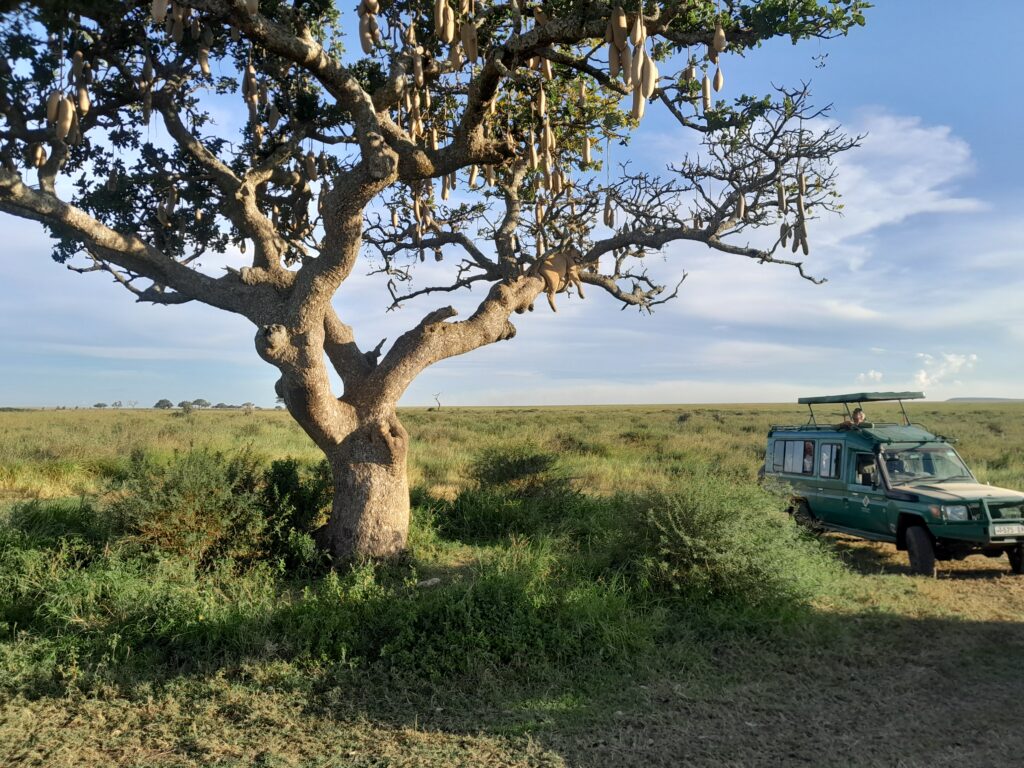
4. What Wildlife Will You See in Tanzania?
Tanzania is a living, breathing wildlife documentary.
Expect to see:
Big Cats: Lions, leopards, cheetahs
Giants: Elephants, giraffes, hippos, rhinos (mostly in Ngorongoro)
Ungulates: Wildebeest, zebras, antelope
Birds: Over 1,100 species, from flamingos to eagles
Pro tip: Early mornings and late afternoons are best for spotting predators.
5. Popular Safari Parks in Tanzania
Serengeti National Park
The king of all safari parks. Come here for the Great Migration and open savannahs packed with wildlife.
Ngorongoro Crater
Imagine a giant natural zoo inside a volcano. That’s the Ngorongoro Crater.
Tarangire National Park
Famous for elephants and baobab trees.
Lake Manyara National Park
Great for birdlife and tree-climbing lions.
Ruaha and Selous (Nyerere NP)
Less crowded, more remote. Off-the-beaten-path magic.
6. Accommodations: Where Will You Sleep?
From budget to ultra-luxury, there’s something for everyone.
Lodges: Comfortable, often with pools and Wi-Fi
Tented Camps: Glamping in style — real beds, great food, close to nature
Public Campsites: Basic but affordable for backpackers and adventurers
Tip: Book early in peak season. The best spots go fast.
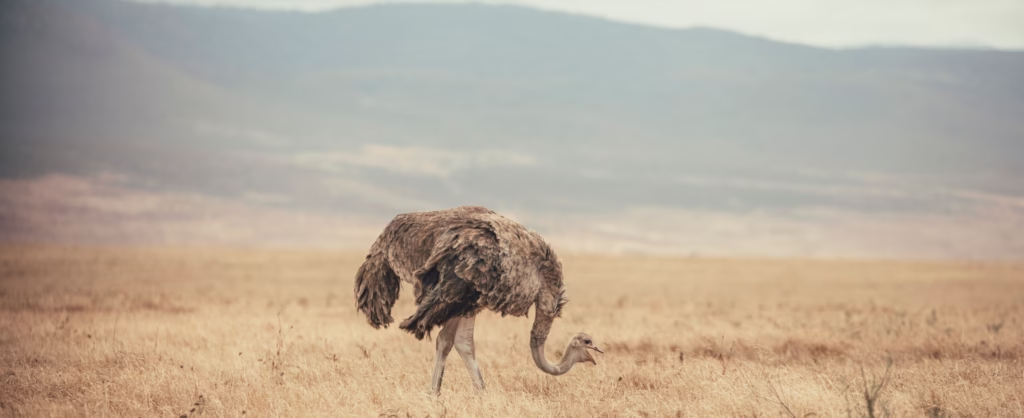
7. What a Typical Day on Safari Looks Like
Here’s a sample day:
5:30 AM: Wake-up call with coffee or tea
6:00 AM: Morning game drive
9:30 AM: Breakfast back at camp
Midday: Relax, nap, maybe a swim
4:00 PM: Afternoon game drive
7:00 PM: Dinner under the stars
You won’t be on the go all day — safaris have a peaceful rhythm that gives you time to soak in the magic.
8. Safari Guides: Your New Best Friend
Your guide isn’t just a driver. They’re:
A wildlife expert
A storyteller
A cultural bridge
Sometimes, a comedian!
A good guide can turn a simple lion sighting into a moment you’ll never forget. Don’t be shy — ask questions!
9. Costs and Budget: What Should You Expect?
Safari costs vary widely, but here’s a rough idea per person, per day:
Budget: $200–$300
Mid-range: $400–$600
Luxury: $800–$1,500+
Prices include park fees, accommodation, food, and transport. Want to save? Travel in the off-season or join a group tour.
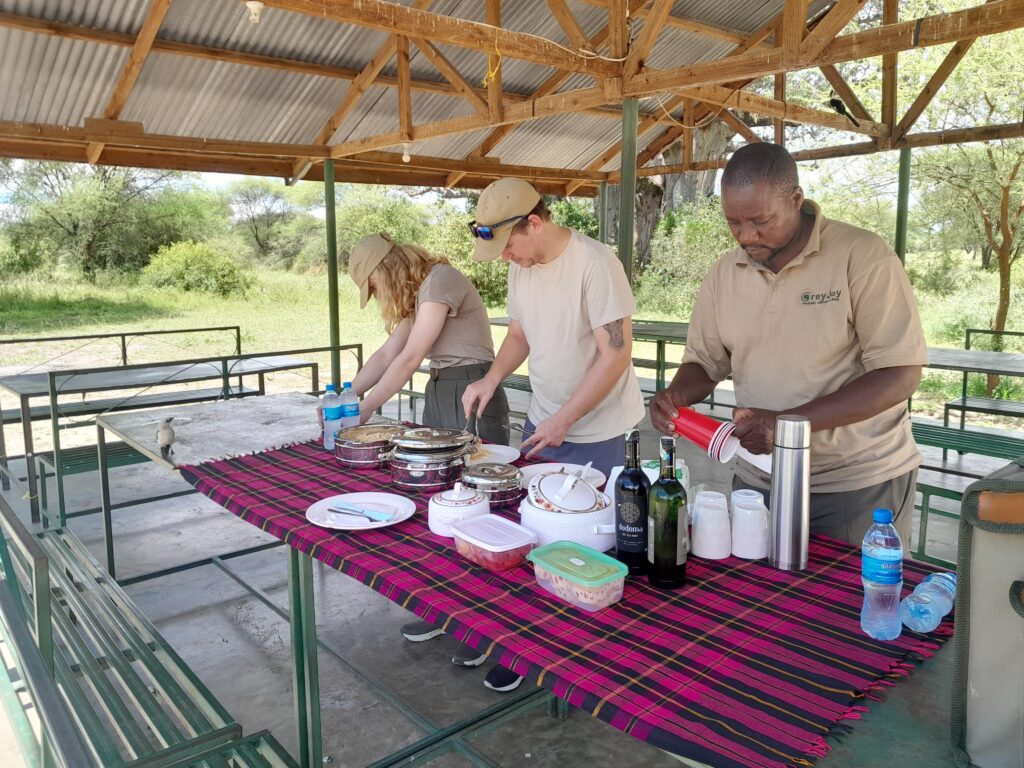
10. What to Pack for Your Safari
Think practical, not fashionable.
Must-haves:
Neutral-colored clothing (avoid bright colors)
Hat, sunglasses, sunscreen
Binoculars and camera
Insect repellent
Light jacket for cool mornings
Comfortable shoes
Leave behind: Drones (banned in many parks), camo clothing, and fancy outfits — the animals don’t care what you wear!
11. Safety and Health Tips
Tanzania is generally safe, but here’s how to stay healthy:
Vaccinations: Yellow fever (if coming from an endemic country), Hepatitis A, Typhoid
Malaria: Take anti-malarials and use mosquito repellent
Travel Insurance: Don’t skip this!
Listen to your guide: Especially during walks or animal encounters
12. Food and Drinks: What’s on the Menu?
You’ll be surprised — the food is usually great!
Expect:
Fresh fruits and vegetables
Grilled meats
Rice, chapati, stews
Vegetarian options available
Drink bottled water only, and avoid ice in remote areas unless you’re sure it’s safe.
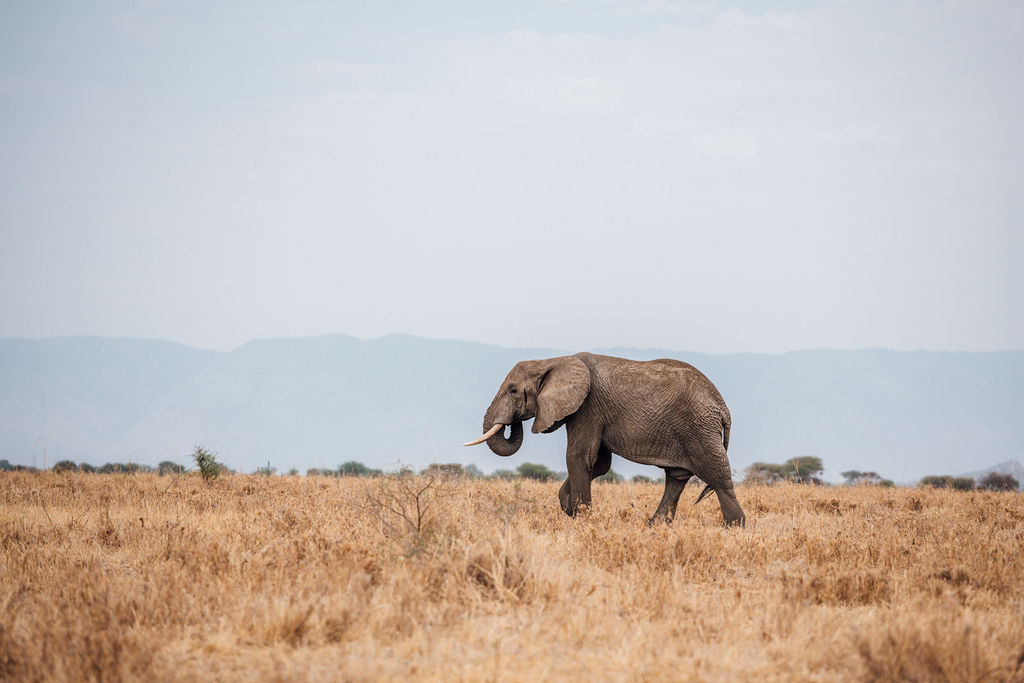
13. Cultural Encounters: Meet the Maasai
No safari is complete without meeting Tanzania’s iconic Maasai people.
You can:
Visit a traditional boma (village)
Learn about their customs and dress
Watch their famous jumping dance
Buy handmade beadwork
It’s a respectful, enriching experience — just make sure it’s an authentic, ethical visit.
14. Photography Tips for Safari Moments
Capturing wildlife on camera isn’t just point and shoot.
Tips:
Use a camera with a zoom lens
Turn off the flash
Be patient — great moments take time
Ask your guide for the best angles
Shoot early morning or sunset for golden light
And remember, sometimes it’s better to put the camera down and just watch.
15. Final Thoughts: Embracing the Safari Spirit
A Tanzania safari is more than a vacation — it’s a deep breath for the soul. It’s dusty boots, wide skies, and the primal thrill of hearing a lion’s roar in the wild. It’s moments of stillness and awe that remind you how big, beautiful, and wild the world truly is.
So, what should you expect on a Tanzania safari? Expect the unexpected. Expect to be amazed.


